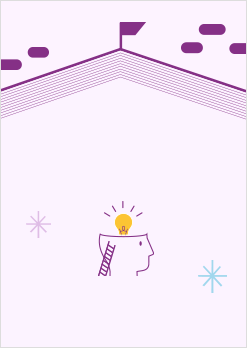

- Renewal Open
- STEAM 융합교육 리뉴얼 오픈
- STEAM 융합교육 홈페이지가 새로워졌습니다.
원하는 자료를 쉽게 찾고, 더욱 편리하게 이용하실 수 있도록
홈페이지를 리뉴얼 오픈하였습니다.


- 융합교육(STEAM)
- 전문가를 찾아보세요!
- 전문가 매칭 메뉴에서 원하시는 전문가를 찾을 수 있습니다. 전문가 찾기


- 교수학습자료
- 초·중등 교육 현장에서 활용 가능한
질 높은 교수학습자료를 개발하여 제공합니다. 자세히보기


- 학교 내 무한상상실
- 학생들의 상상력과 창의성을 이끌어내고 실현할 수 있도록
학교에 첨단시설과 장비 등을 갖춘 혁신적 공간의
구축과 운영을 지원합니다. 자세히보기


- 융합교육(STEAM) 선도학교
- 초·중등교육에 융합교육(STEAM)이 안착할 수 있도록
학교 차원의 융합교육(STEAM) 활동을 지원합니다. 자세히보기
다운로드 1위
2023년 융합교육(STEAM) 프로그램 개발(고등학교 1학년) 결과보고서
- 황의욱, 최은화, 김기범, 박비아, 윤용근, 최현주, 최선, 박소진, 심재성, 최사랑
- 경북대학교

- 연구보고서13회
- 본 연구에서는 학년별 학기 단위 프로그램 개발: 교사용 지도서 교재 2권, 학생용 ...
미래를 위한 융합인재 교육의 첫걸음
STEAM 교육 콘텐츠를 SNS를 활용하여 홍보해 주세요.




